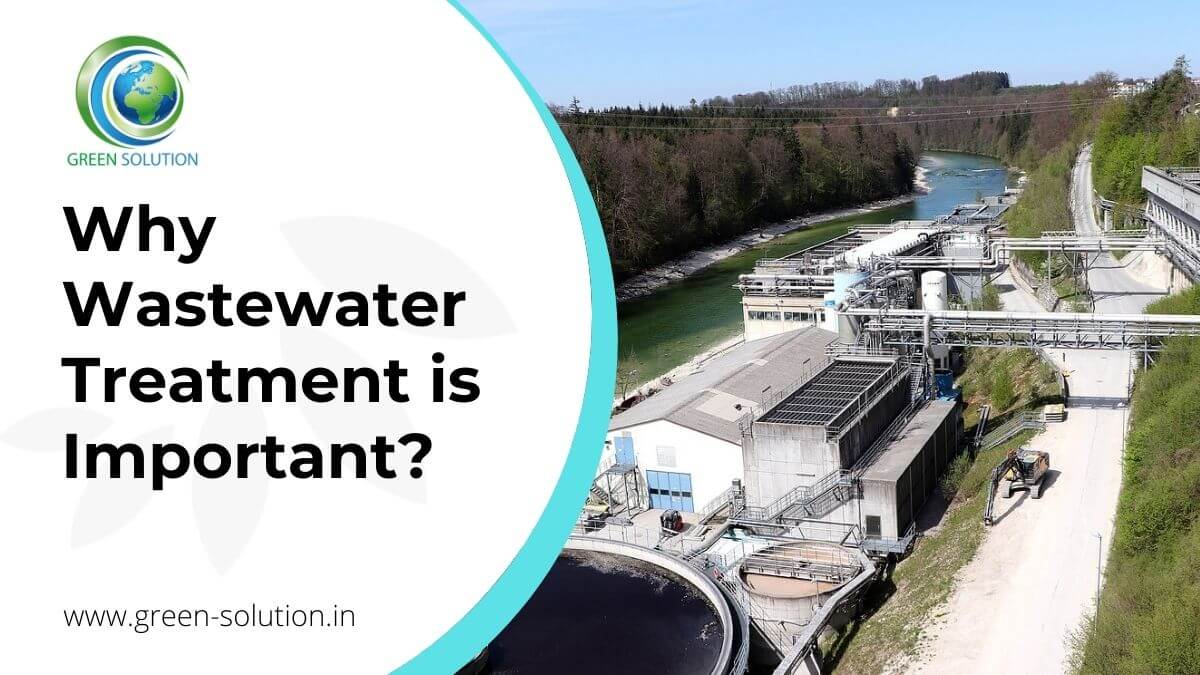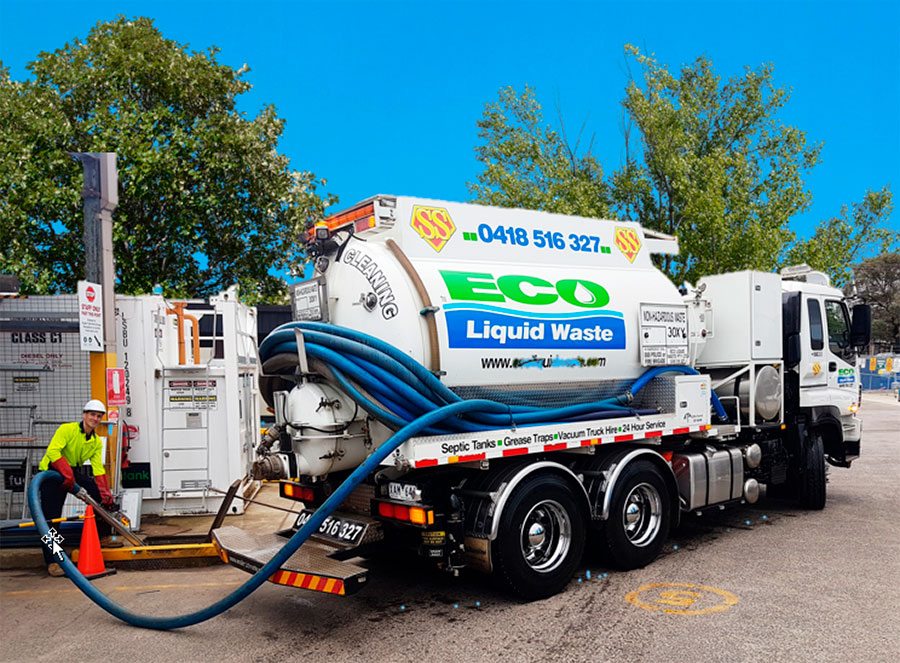3 Easy Facts About Reclaim Waste Shown
Not known Incorrect Statements About Reclaim Waste
Table of ContentsReclaim Waste for DummiesThe Buzz on Reclaim WasteHow Reclaim Waste can Save You Time, Stress, and Money.The Best Strategy To Use For Reclaim WasteGetting My Reclaim Waste To Work
Residential sewage waste refers to the waste and items from a residential septic container. The correct administration and disposal of residential sewage waste require fluid waste to be moved to a sewage therapy plant where the correct techniques and devices are used to purify and dispose of waste.
Business waste usually includes prospective threats, such as combustible materials or a blend of liquid and strong waste products, and requires a more sophisticated and detailed disposal process. The disposal of commercial waste normally entails the filtration of waste before transport to make certain safe and appropriate disposal. Hazardous waste is created from byproducts and drainage of commercial processes and manufacturing.
This sort of waste can not use the very same sewage administration transport or procedures as septic or commercial fluids. The hazardous waste monitoring procedure requires the inspection and testing of fluid waste prior to it undergoes the disposal process (liquid waste disposal). Runoff waste is the liquid waste that comes from drainage and excess stormwater in highly populated locations or cities
Overflow waste can cause contamination and flooding if not dealt with appropriately. Guaranteeing proper waste monitoring can stop disasters and reduce environmental harm.
Unknown Facts About Reclaim Waste
Call PROS Solutions today to learn more about our waste management and disposal solutions and the correct ways to take care of the fluid waste you produce.
(https://ameblo.jp/reclaimwaste1/entry-12874802223.html)Do you recognize what takes place to your water when you pull the plug, flush the commode or drain the cleaning equipment? No? Well, it's worth understanding. This so-called 'wastewater' is not just an essential source yet, after treatment, will certainly be released to our land, rivers or the ocean. Made use of water from bathrooms, showers, baths, cooking area sinks, laundries and commercial processes is known as wastewater.

water made use of to cool equipment or tidy plant and devices). Stormwater, a form of wastewater, is overflow that moves from agricultural and city areas such as roofs, parks, gardens, roads, paths and seamless gutters into stormwater drains pipes, after rain. Stormwater streams neglected directly to neighborhood creeks or rivers, eventually getting to the sea.
More About Reclaim Waste
In Queensland, most wastewater is treated at sewer therapy plants. Wastewater is transferred from residential or commercial sites via a system of sewage systems and pump terminals, recognized as sewage reticulation, to a sewer therapy plant.
The Division of Natural Resources suggests city governments regarding handling, operating and maintaining sewage systems and therapy plants. In unsewered areas, local governments may require owners to set up specific or family sewage therapy systems to deal with residential wastewater from bathrooms, kitchen areas, washrooms and washings. The Department of Natural Resources authorizes using family systems when they are shown to be effective.
The majority of stormwater gets no therapy. In some new communities, therapy of some stormwater to eliminate litter, sand and crushed rock has started utilizing gross toxin catches. Wastewater therapy happens in four stages: Eliminates strong matter. Bigger solids, such as plastics and other objects incorrectly discharged to sewers, are removed when wastewater is gone through displays.
Wastewater after that streams right into large containers where solids settle and are eliminated as sludge. Oil and scum are skimmed from the surface. Makes use of tiny living microorganisms knows as micro-organisms to break down and eliminate remaining liquified wastes and great particles. Micro-organisms and wastes are integrated in the sludge. Gets rid of nitrogen and phosphorus nutrients that could trigger algal flowers in our rivers and endanger my explanation water life.
The Facts About Reclaim Waste Revealed
Nutrient removal is not available whatsoever sewer treatment plants since it calls for pricey specialist devices. It is ending up being more typical in Queensland. Clear fluid effluent generated after therapy might still include disease-causing micro-organisms. If this effluent is launched into waterways such as rivers or the sea, the micro-organisms will ultimately die out.

This normally implies wastewater has actually to be dealt with or pollutants gotten rid of before it can be discharged to rivers. Many wastewater moves right into the sewage system. Under the Act, city governments provide approvals and permits for ecologically appropriate tasks (Ages) entailing wastewater launches that might have a neighborhood impact. The division provides authorizations and licences to Periods including wastewater releases that could have a regional or statewide impact.
Indicators on Reclaim Waste You Should Know
Otherwise, examples are considered laboratory evaluation. Often many examinations are required to establish the levels of each of the different toxins such as oils, hefty steels and pesticides in water. Tracking offers accurate info regarding water top quality and can verify that permit problems are being met. The information acquired with monitoring gives the basis for making water top quality choices.